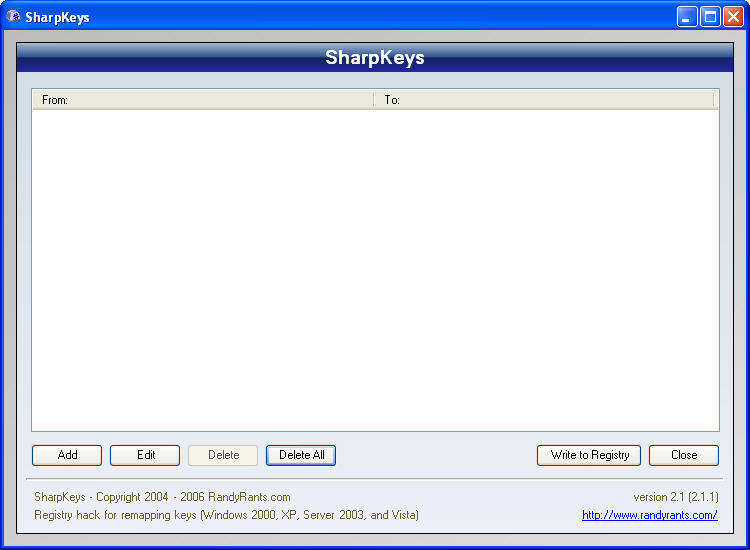


Alt + ` (Grave Accent) switch between kana ↔ half-width alphanumeric (romaji).Shift + Caps Lock switch between full-width Hiragana ↔ full-width alphanumeric (romaji).Alt + Caps Lock if in alphanumeric mode change to Hiragana, then switch to Katakana.Alt + Shift switch between languages (IMEs).įor non-Japanese keyboards, the following shortcuts can be used for typing Japanese on English keyboard with Windows: The keyboards for NEC PC-9800 series, which was dominant in Japan during the 1980s and early 1990s, have three language input keys: kana, NFER (no transfer, same as nonconversion), XFER (transfer, same as conversion).
#SHARPKEYS NO ALT KEY FOR MAC OS X#

alphanumeric (eisū 英数), combined with non-language specific key ⇪ Caps Lock.halfwidth/fullwidth/kanji (hankaku/zenkaku/kanji 半角 / 全角 / 漢字) at the top left key of the keyboard.
#SHARPKEYS NO ALT KEY WINDOWS#
The OADG 109A and older 109 keyboard layouts which are the standard for Microsoft Windows have five dedicated language input keys:


 0 kommentar(er)
0 kommentar(er)
